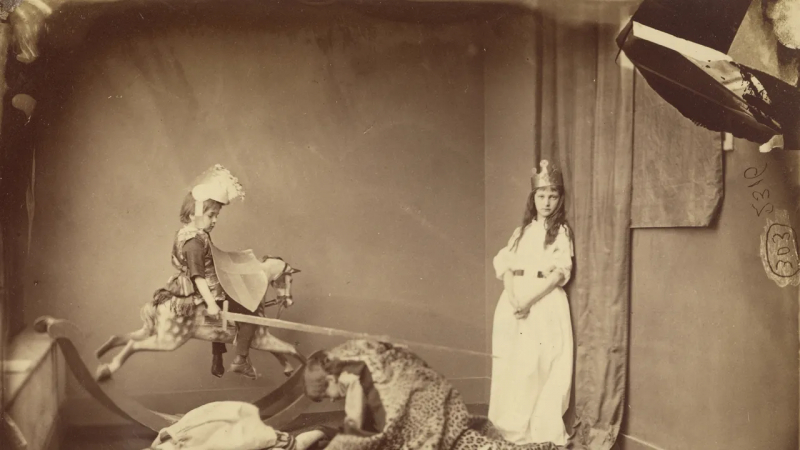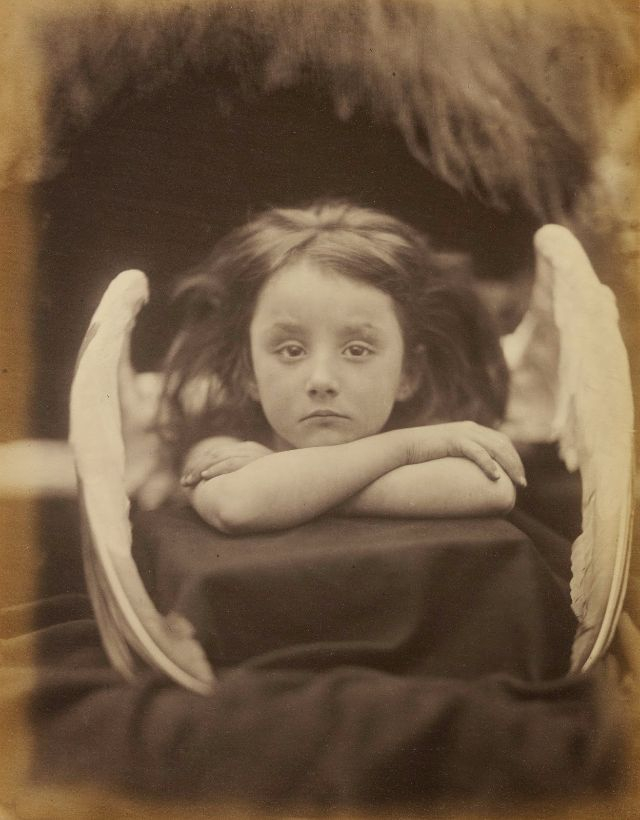He was also a skilled early photographer
Lewis Carroll, born Charles Lutwidge Dodgson (1832-1898), was an author and mathematician at Christ Church College in Oxford. He was also a skilled early photographer. Dodgson's friends were frequently photographed.
Dodgson began photographing at the age of twenty-four, influenced by his uncle Skeffington Lutwidge (also a well-known photographer). Photography was a brand-new form of art at the time, just beginning to capture the imagination of Victorian England. Dodgson quickly mastered the new art of photography, displaying his characteristic creativity and intelligence.
The collodion wet plate process was used, in which a glass plate was coated with a mixture of soluble iodide and collodion, submerged in a silver nitrate solution in a dark room, and then exposed in the camera while still wet, producing a glass negative from which multiple prints could be made. Photographers using the wet plate process had to work quickly to develop their images because collodion dries in ten minutes, rendering the image unrecoverable from the negative.
Dodgson created over 3000 photographic images, including portraits of friends and notable figures (such as Alfred, Lord Tennyson), landscapes, and stills of skeletons, dolls, statues, paintings, and more, beginning in his mid-twenties and continuing for over two decades. According to Morton N. Cohen's biography of the artist, Lewis Carroll: A Biography, Dodgson had his own studio and briefly considered making a living as a photographer in the 1850s.










